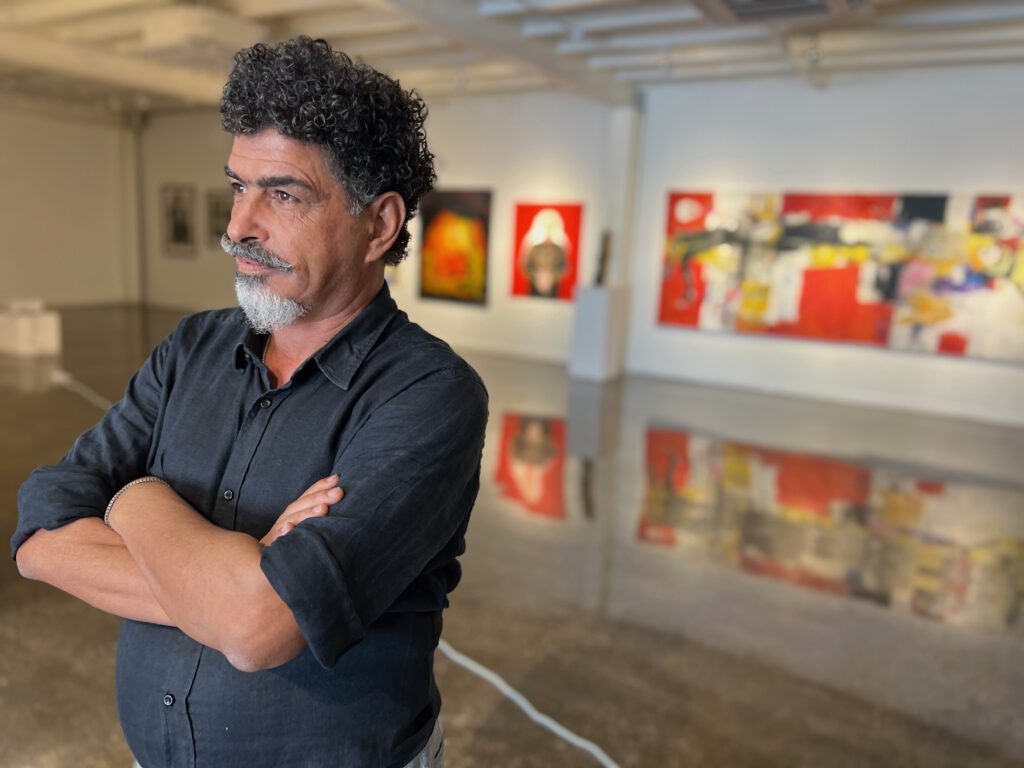
IRAQ
In August 2023 Iraq was the last of all 193 countries that I visited. It became the jewel in my crown. I used to live in Iran from 1995 to 1999, just a few years after the bitter war between Iran and Iraq had ended. Back then, two friends in Tehran had done a roadtrip to Baghdad and raved about smoking Shisha in cafés on the Tigris. I still wonder why I had not joined them. Terrible wars and chaos turned Iraq, ancient Mesopotamia, the fertile “Land between Rivers”, where nomads first turned into highly cultured people and created the first civilization and the first cities, back into the Dark Ages. I had to wait patiently for more than 20 years until Iraq became secure and stable enough to visit. In 2023 Baghdad, Alhamdulillah, had not seen serious trouble since two and Erbil in Iraqi Kurdistan since many more years. So I went.
To be really on the safe side I even read an “essential survival guide for dangerous places”. The recommendations were numerous: Arrange a trustful guide to pick you up at the airport (of course I did), connect yourself with trustful locals in the plane before arriving (I did), learn some Islamic sura by heart (I did), grow a beard (I tried). Finally, travelling in Iraq proved to be a crisis in truth: I browsed through a street full of (English) book shops in the reawakening old city center. I met an artist who had just come back from Canada and opened a gallery in an ultra-modern glasshouse which doubles as a restaurant and gym. At sunset by the river, I joined locals eating mouth-watering Masgouf, a carp fish made with a marinade of olive oil, rock salt, tamarind, ground turmeric, crushed tomatoes and coriander. At 2am in the morning Baghdad was full of lust for life, with thousands of night revellers patronizing the streets, smoking Shisha and drinking tea. A full street of booze shops offered Absolut alternatives.
Everywhere where I went – was the “habibi”. Again, like in Sri Lanka, I felt like the “First Tourist”. In Iraq, as in every country, the best contingency planning was to smile and to do as the Romans do. The next day I walked over the Bridge of the Two Imams which separates a Sunni from a Shia neighbourhhood. In 2006 a bomb blast had killed scores of people here, some jumping desperately into the river and drowning. Now chador-clad pilgrims were calmly walking over the bridge towards the Kadumiya shrine while next to the bridge a female football club was exercising, its players dressed in shorts and t-shirts. “We were used to war” an Iraqi told me. “Now we are tolerant”. On my last day in Baghdad, my friend and guide Mehdi was inviting me to visit the holy city of Kerbela at the most precious time of the year: Arabeen, a Shia pilgrimage of 20 million, five times bigger than the Haj. In a sea of pilgrims, squeezed like in a box of sardines, I am pushed to the packed heart of the Imam Hussein shrine.
As I leave the shrine, away from the masses, I come across two young Iranian women speaking Farsi, of course clad in black chadors. One is 17 or 18, the other a bit older. The latter steals a glance at me, at the only and obvious non-believer. giving me a defiant glance which only Iranian women can offer. It’s then, as I reminisce my magical four years in Tehran, that I find myself unable to contain my own emotion.
